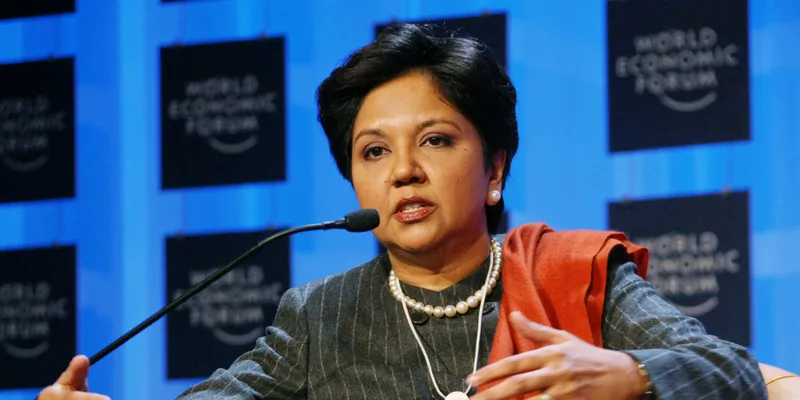Dwindling women on top – why is the number of women CEOs falling?
Recently, I was in Cape Town, South Africa to speak at the inaugural Global Aviation Gender Summit. A conference of this nature was made possible because Dr Fang Liu, the first ever female Secretary General of the International Civil Aviation Organisation (ICAO), mandated a gender agenda.
The summit brought together 500 top-ranking representatives of governments and the aviation industry from across the world. Over three days, the delegates discussed and debated the various barriers to female empowerment in the aviation industry and put together an action plan to be presented to ICAO for implementation.
It is shocking that despite being a very forward-looking industry that stimulates development, innovation, and entrepreneurship, aviation continues to have a gender bias where women comprise only 3 percent of aviation CEOs and 6 percent pilots are female. Even though the front line and lower-level female staff account for 50 percent of the total strength, the pipeline starts tapering towards the top.
This is not unique to the aviation industry. There are only 25 women CEOs of S&P 500 companies, making it about 5 percent of the pool. Indra K. Nooyi will leave her position as CEO of PepsiCo effective October 3, 2018, thus bringing that number down, and she will, unfortunately, not be replaced by a female. This seems to be a recurring trend that when women CEOs step down, they are replaced by male CEOs. Irene Rosenfeld at Mondelez International was replaced by a man, as was Meg Whitman at HP Enterprise.

Clearly, there needs to be an “intentional” effort to increase the number of women in top posts and also strengthen the pipeline. However, without a mandate from the top, this is not possible. Take, for example, the recent extensive lobbying for the post of Secretary General of the United Nations to be filled by a woman. Whilst that didn’t happen, this May, under the leadership of Secretary General Antonio Guterres, the UN achieved a 50 percent gender parity in its top leadership.
In 2015, Justin Trudeau made a statement by ensuring his cabinet had 50 percent women, and this year, the Spanish government upped the game by inducting 11 women and six men into the cabinet, making it 65 percent women. This goes to show that if there is a will, there is a way.
However, to learn from these examples, including that of Rwanda which has the highest number of women in parliament, we can safely say the following points would enable women to take up leadership positions and strengthen the pipeline.
- Invite women to take up leadership positions in business and politics. Women are often raised to take fewer risks and may need to be encouraged to take on the additional responsibility. Canadian PM Justin Trudeau says he personally called up outstanding women leaders and encouraged them to run for office even though they were hesitant to do so.
- Create a supportive work environment which allows women to balance family and work. For one, family leave – and not just maternity leave – should be encouraged and, in heterosexual couples, fathers should take on more of the domestic chores, freeing up time for women to pursue their careers. There should also be child-friendly policies at work, like when an Australian MP brought her baby to work and breastfed her in parliament.
- Showcase women role models so that they become reference points for others to follow. A great example is Jacinda Arden, the Prime Minister of New Zealand, who was the first head of state to take maternity leave.
- Mentor and coach women to leadership positions. I was the lucky beneficiary of mentoring and coaching across two airlines in India, resulting in my journey from frontline staff to a Vice President position in a highly strategic department within the company. Not every woman is lucky to have a woman role model, so men have to step into these roles and provide support.
- Finally, create the infrastructure for women to excel. Whilst quotas are necessary to give one a head start, most women agree they want to be chosen on merit. This requires a conscious effort to include women in every way because, at the moment, the system is designed by men for men, and that needs to change.
Ultimately, if the above is achieved, it would translate into more women throughout the levels of the organisation and more profitability to the bottom line.
ElsaMarie D’Silva is the Founder and CEO of Red Dot Foundation (India) and President of Red Dot Foundation Global (USA).
(Disclaimer: The views and opinions expressed in this article are those of the author and do not necessarily reflect the views of YourStory.)







